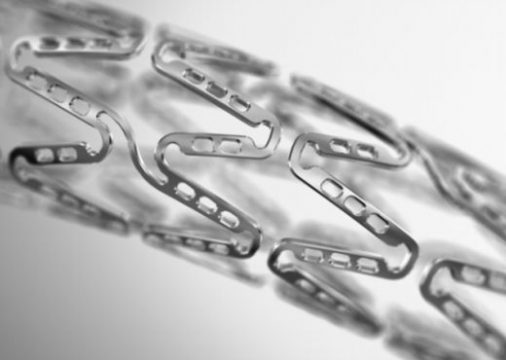Drug-eluting balloons (DEB) with paclitaxel have shown efficacy and safety in the treatment of femoropopliteal disease. Sirolimus-eluting balloons (DEB S) are currently being introduced.

This new drug acts during the cellular resting phase (G0) and is considered potentially more effective than paclitaxel, which is a cytostatic drug. However, there is no conclusive evidence in this regard yet.
The SELUTION SFA study included 134 patients with femoropopliteal intermittent claudication who received percutaneous transluminal angioplasty (PTA) with a DEB S.
The primary endpoint (PEP) was primary patency, defined as restenosis (peak systolic velocity ≥2.5) and clinically driven target lesion revascularization.
The mean patient age was 74 years, and most subjects were men. Overall, 60% of patients had diabetes, 90% had hypertension, 7% had renal insufficiency, and 22% had suffered a stroke.
Additionally, 97% of the patients were at Rutherford stage 2 or 3. Mean lesion length was 124 mm and the vessel diameter was 5 mm, with 23% total occlusions and 27% moderate to severe calcification.
Technical success was achieved in all patients, with a procedural success rate of 96%. The residual lesion rate was 20% and 2% of patients required bailout stenting.
At 12 months, the PEP was 87.9%, and the rate for clinically driven target lesion revascularization reached 97%. The non-related mortality rate was 6.5%; there were no amputations, and researchers observed a sustained improvement in functional class and an increase in the ankle-brachial index.
Conclusion
The SELUTION SFA JAPAN study showed that the new SELUTION sirolimus-eluting balloon is safe and effective for the treatment of femoropopliteal disease in symptomatic patients.

Dr. Carlos Fava.
Member of the Editorial Board of SOLACI.org.
Original Title: A Novel Sirolimus-Coated Balloon for the Treatment of Femoropopliteal Lesions The SELUTION SFA Japan Trial.
Reference: Osamu Iid, et al. J Am Coll Cardiol Intv 2024 Article in Press.
Subscribe to our weekly newsletter
Get the latest scientific articles on interventional cardiology





